The Webisode and Online Supplements
- September 17th, 2014
- Posted in Opinion/Analysis
- Write comment
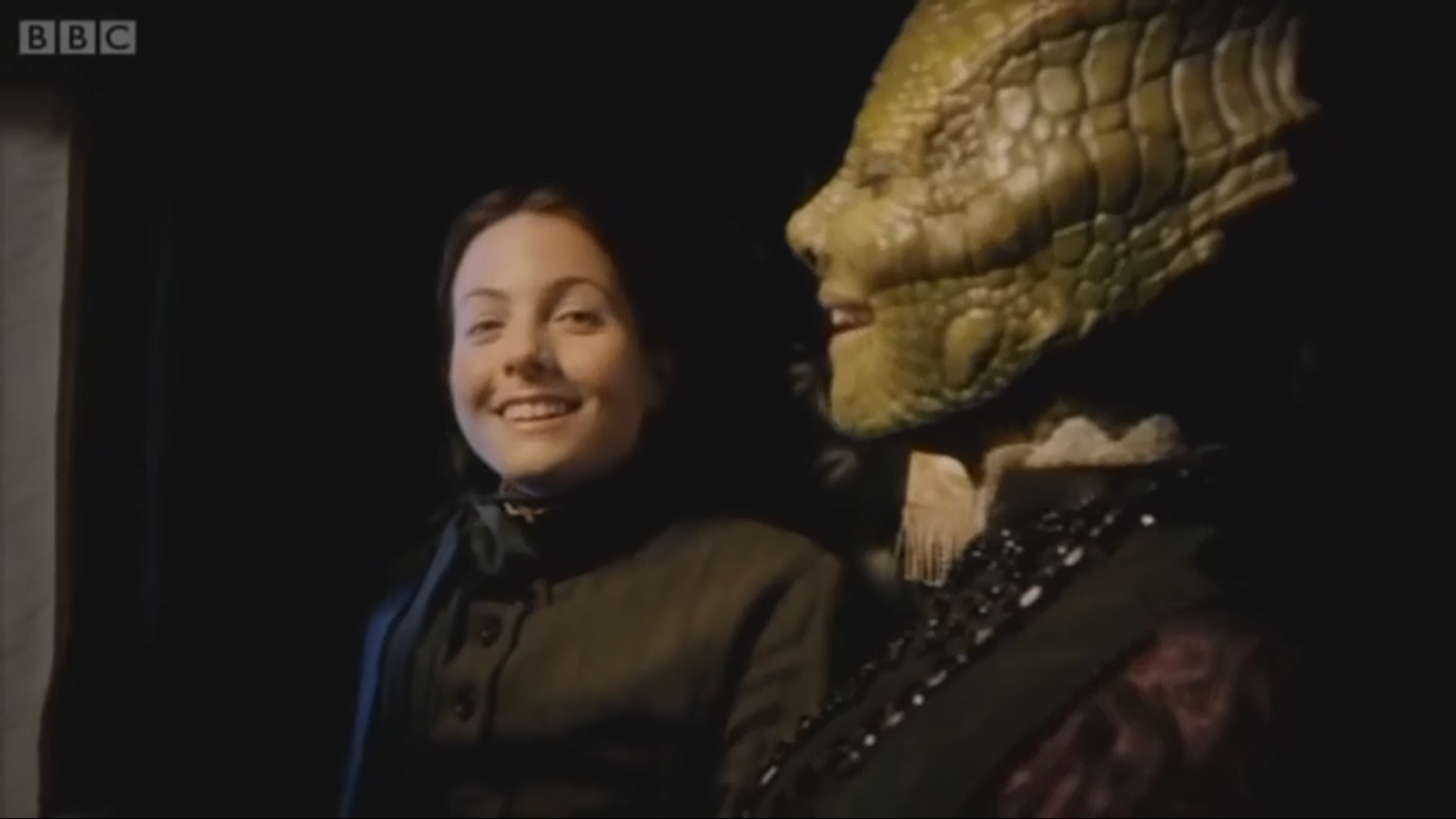 So, we’ve discussed the history of the webisode, and looked at some of the earlier examples. But as I said at the end of that piece, those early webisodes are quite different from how this medium is utilized today. If webisodes aren’t usually spinoffs, then what are they? And why should anyone care to look them up?
So, we’ve discussed the history of the webisode, and looked at some of the earlier examples. But as I said at the end of that piece, those early webisodes are quite different from how this medium is utilized today. If webisodes aren’t usually spinoffs, then what are they? And why should anyone care to look them up?
As we’ve already established, webisodes have been linked with sci-fi for a long time. You occasionally see them for sitcoms (Scrubs: Interns comes to mind), but more often than not, the invented world of a sci-fi show provides the kind of room for exploration needed to create interesting web content. One of the biggest shows to utilize the webisode format has been Doctor Who. As an early adopter to the idea, Doctor Who has experimented a lot trying to figure out what makes for a successful webisode. Naturally, then, I’m going to be using it as an example frequently throughout for the different varieties out there. Without further ado, let’s explore the concept and what value it has in a storytelling capacity.
Doctor Who‘s first attempt at the webisode emerged in 2006, alongside David Tennant’s first series as the Doctor. The BBC had wanted to try this integration thing by creating promotional content for the second year of the new show, and they attempted this by creating short 1-minute videos related to each episode. The TARDISodes went up immediately after each episode aired, setting things up for next week as quickly as possible. This is probably the most common format for a webisode to take: as a short prequel providing backstory to supplement the actual episode. The TARDISodes tried this a number of ways–a few of them are in-universe programming, such as advertisements (like “New Earth“), news broadcasts (“Doomsday“) or crime bulletins (“Fear Her“). Some are scenes with important/recurring characters who have a role in the upcoming episode (“School Reunion,” “Age of Steel“). Most just provide a little context, trying to create a sense of intrigue to hook you into watching the next episode. One of the key points about these is that none of them feature the Doctor himself; almost all deal with one-off characters or people who weren’t characters at all in the actual episode (often ones that died prior to the beginning).
As an experiment, the TARDISodes were mostly successful, but they didn’t quite accomplish what the BBC wanted from them. And, while some of them are interesting viewing, most really don’t add anything that can’t be found in the episode itself. Doctor Who has tried the prequel idea a few more times throughout the Matt Smith era to varying levels of success. By far the most problematic of these is “Battle of Demon’s Run: 2 Days Later,” a webisode dedicated to explaining how Strax, who seemingly died during “A Good Man Goes to War,” came to be hanging around with Vastra and Jenny. This is one of those things that really ought to have been in an actual episode; without seeing this, it’s pretty confusing when he just shows up there without anyone calling attention to it. It’s a great example of how the webisode can go wrong: this an important bit of information that audiences who are unaware of (or don’t feel strongly enough about the show to seek out) webisodes will be lacking. An even worse case of this actually happened in Stargate Universe, where an episode about a time loop (“Time,” obviously) shows only one iteration of the loop, and the episode ends with the breaking of the loop left implied and not shown. As it turns out, breaking the loop is only confirmed in one of the “Kino” webisodes. Given that this episode turned out to be hugely important to the plot of the second season, it was kind of a big thing to leave out. Of all the things webisodes can offer, a satisfying conclusion or a character escaping death should not be among them.
But acting as prequels isn’t the only thing a webisode is good for. Occasionally, deleted or alternate scenes will be put online after an episode airs in the form of a webisode. And once again, Doctor Who provides us the perfect example in “P.S.” At the end of Series 7’s first half, Amy and Rory left the TARDIS for good. But only a few episodes earlier, we had been introduced to Rory’s father, Brian, who (due to the way in which they left) would never be able to know what happened to his son. Fans were pretty upset that there wasn’t even a cursory acknowledgment of how difficult this might be for Brian, who ended up being a surprisingly popular character. So the BBC posted “P.S.“, a deleted scene that dealt with Brian getting word from Rory about his fate. Intended to be filmed as a DVD bonus, it became clear that this wouldn’t happen and so a clip of the storyboards was put together, with Rory providing a voiceover reading of the letter. Even as just storyboards, the scene had a powerful effect on fans, and so we got our closure from a scene that went from not even being shot to mandatory viewing, all thanks to the webisode.
The last of the three big uses of the webisode is to help fill in the gap between seasons of a show. With a lot of shows having shorter, more tightly scripted seasons these days, it often leaves large parts of the year where there’s almost no news about the show at all. Retaining viewers after going off the air for a while is tough, so by releasing small webisodes, the producers of a show can help keep interest high while there’s not much going on. Doctor Who does this from time to time, such as with the “Pond Life” web series which was posted in the weeks leading up to the series 7 premiere. “Pond Life” was intended to give viewers a window into Rory and Amy’s attempts at everyday life while still interacting with the Doctor and all the craziness that accompanies him, but it also set things up for their relationship troubles, as seen in “Asylum of the Daleks.” Say what you will about that particular subplot, but “Pond Life” certainly managed to build some additional excitement in the Who fandom.
A better example is probably one that takes us back to Defiance. See, Defiance was off the air for almost a year between the season 1 finale and the season 2 premiere. The season 1 finale was… not popular with a lot of people, so losing their audience was definitely a problem. What they ended up making was the so-called Defiance: The Lost Ones, which both carries on with Nolan’s search for Irisa after season 1, while being interspersed with flashbacks of Nolan’s time in the military and his initial encounter with the young Irisa after freeing her from the cult seen in episode 5. Lost Ones actually did a really great job developing Nolan’s character and showing exactly what he put on the line to rescue Irisa. It does all the things you could ask for out of a series of webisodes: it expands character backstory and provides some context for Nolan making the decisions he did without introducing new elements that TV-only viewers would miss out on. It provides an entertaining side story while helping to show the difficulties Nolan had tracking Irisa down between seasons (one of the things that was definitely missing in the season 2 premiere). Better still, it gave us a glimpse at an important period in the world of Defiance that had thus far not been directly seen. If only all of season 2 had been so effective.
But there’s one more kind of webisode–probably the rarest, but also the most rewarding. When an idea comes along that just couldn’t quite work as a whole episode, be it because it focuses on odd characters, or doesn’t have enough plot to fill up 45 minutes, or even just practical concerns like actor availability, sometimes they can still work as an online supplement. And there’s no better example of this than “Night of the Doctor.” Having a whole episode focus on McGann’s eighth Doctor was just impractical. It would confuse the more casual viewers to just change suddenly and without explanation. But it was also something that hardcore fans were dying for. Many felt that McGann had gotten shortchanged with the 1996 TV Movie, and really wanted him to get another shot. People also really wanted to see the “missing regeneration,” and give him a chance to pass the torch off properly. In the year of the 50th anniversary, this kind of fanservice is not only excused, it’s expected. And so a perfect storm of conditions came together to create something really special, causing an absolute explosion of activity online and raising hype for the 50th special to a fever pitch. It’s something that just would not have been possible even ten years ago.
Webisodes can supplement a TV show in a lot of ways–as prequels or setups for full episodes, as a means of distributing deleted scenes, as something to tide over the fans during the long waits between seasons. And sometimes, they provide a venue for something that otherwise wouldn’t be possible, and the whole franchise is enhanced for it. While the main purpose may be about marketing or brand awareness, that doesn’t mean they’re of no value to fans. So while they may or may not become a lasting feature of television, don’t be too quick to rule them out. There may be an untapped treasure trove of content for your favorite show out there, and you don’t even know it!

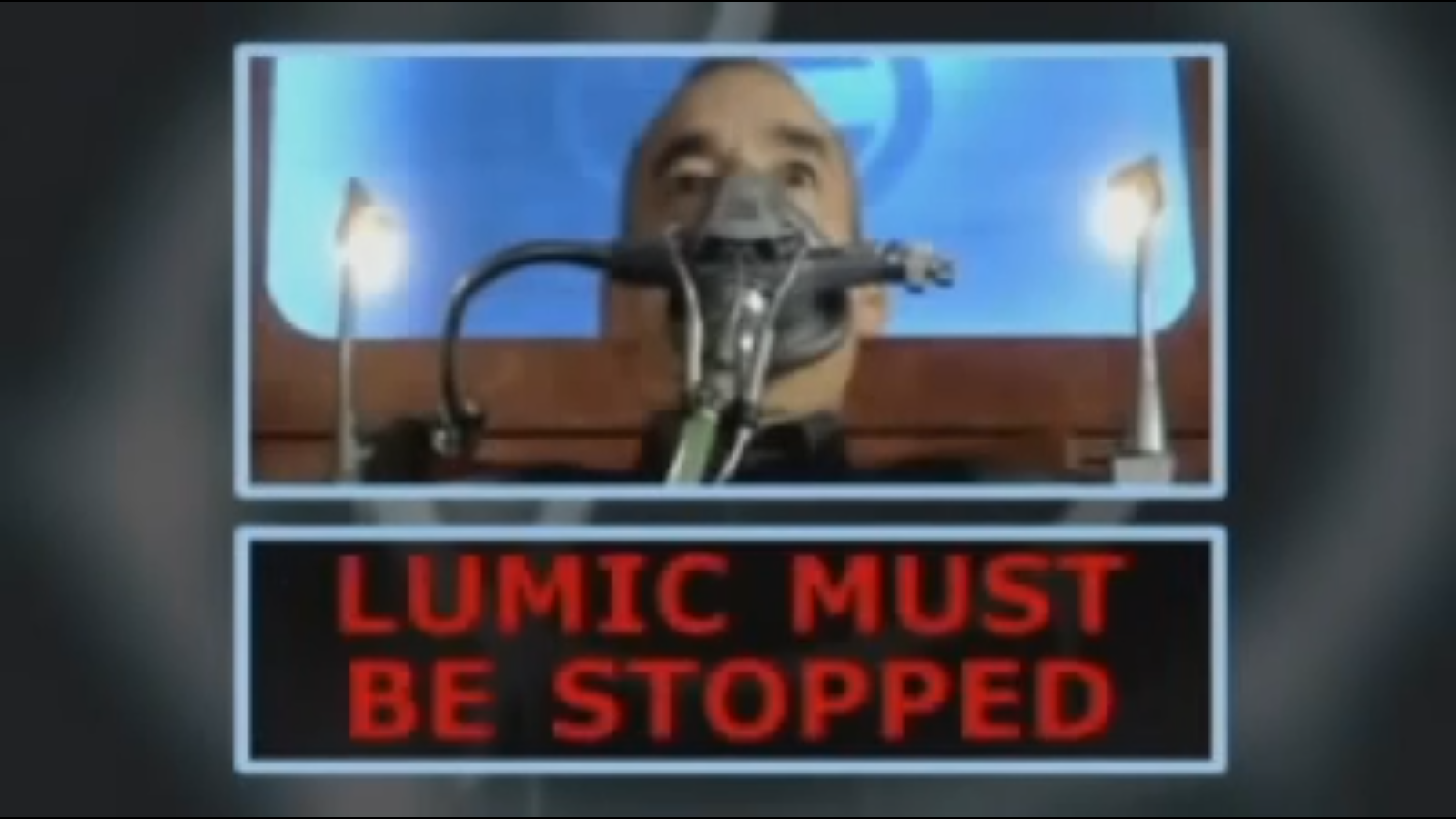



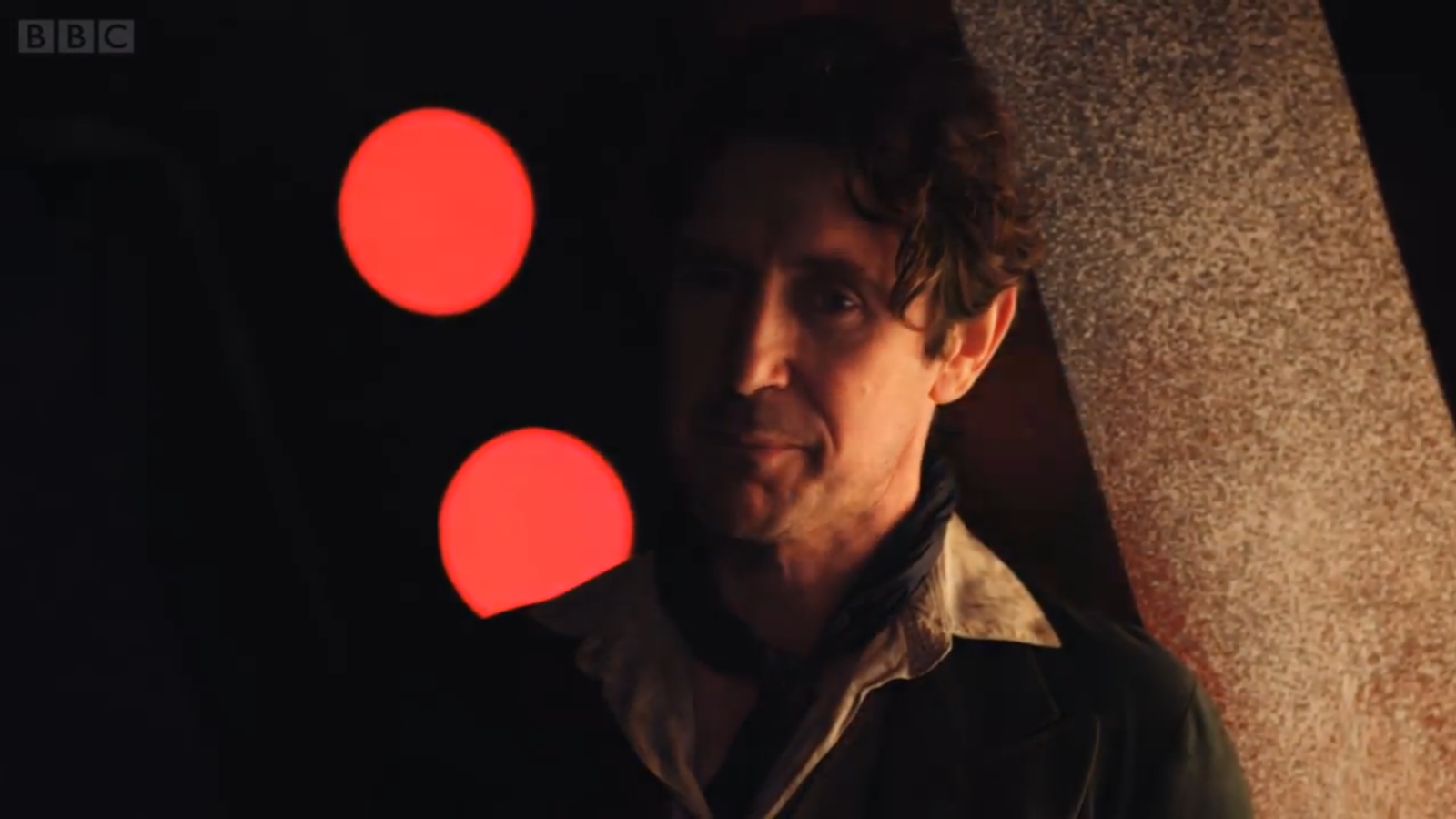
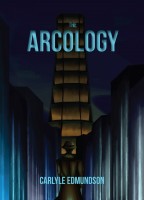
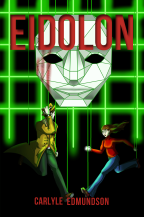
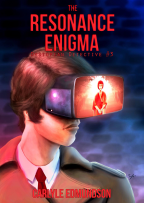
No comments yet.